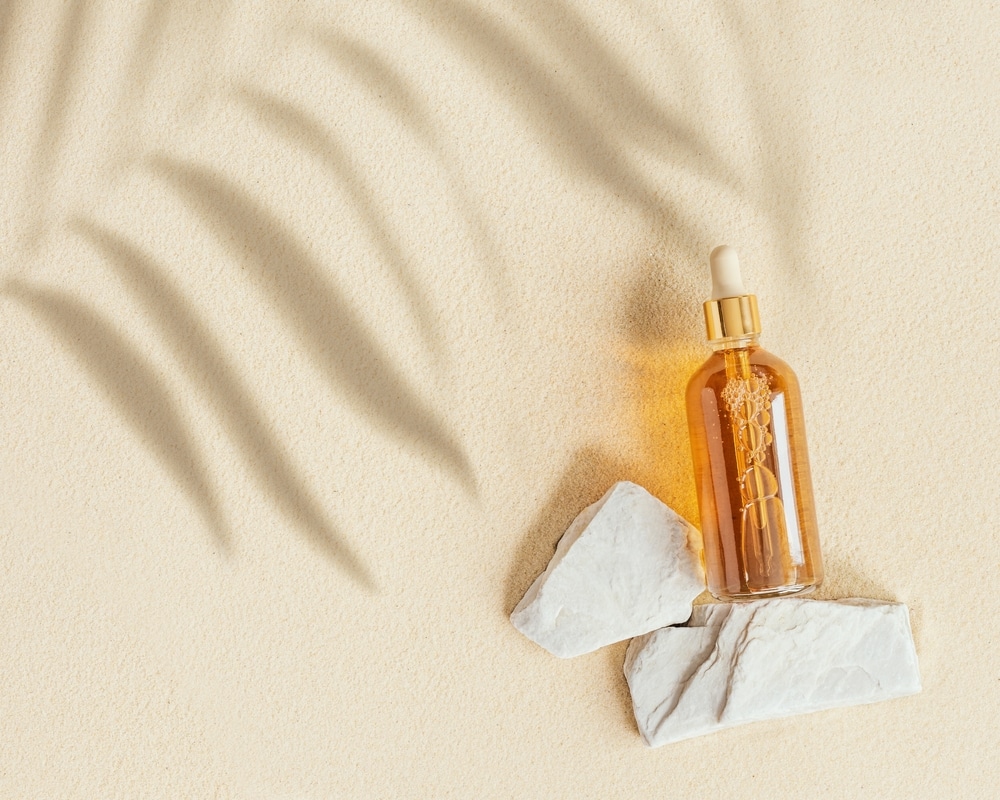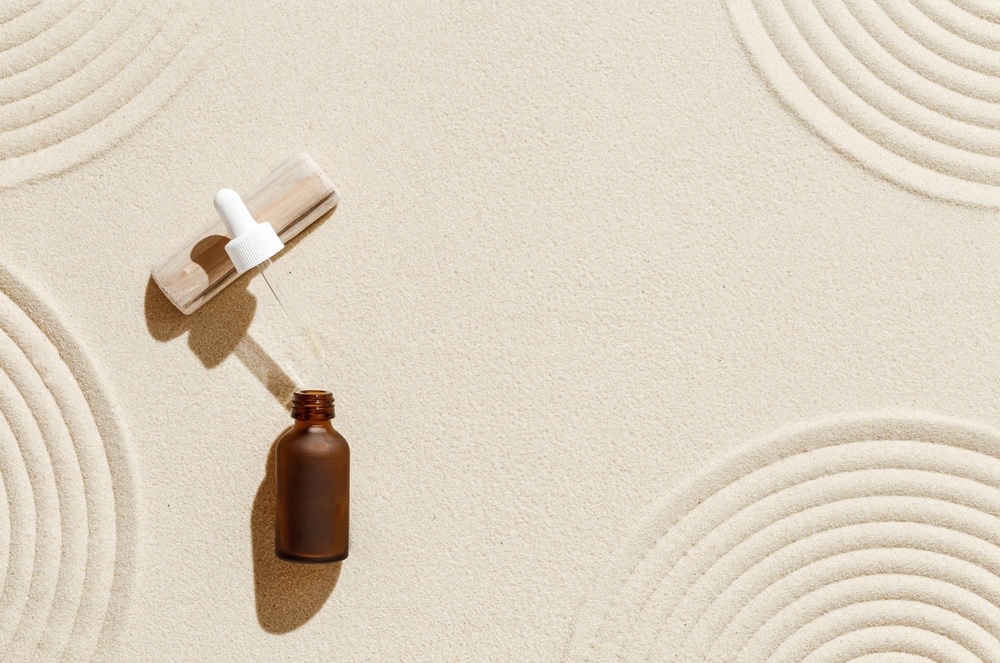We all know that the beauty industry is a maze of products and ingredients, and it can be hard to find the real gems. But fear not, because today we’ll settle the ultimate skincare showdown: polyglutamic acid vs hyaluronic acid.
In one corner, we have the reigning champ, hyaluronic acid, known for its hydrating powers and plumping effects. And in the other corner, we have the newcomer polyglutamic acid, with its impressive ability to lock in moisture and boost your skins natural glow..
You might be thinking, “Poly-what now?” or “Hyalu-who?”
Don’t worry, we’ve got you covered. We’ll break down these two superstar ingredients and their benefits for your skin, so you can make an informed decision about which one to add to your beauty routine.
Breakdown of polyglutamic and hyaluronic acid
Let’s start with polyglutamic acid, the new kid on the block. Polyglutamic acid is a naturally occurring peptide found in fermented foods like natto, a Japanese food made from soybeans.
This powerful ingredient is a humectant, which means it attracts and holds onto moisture like a magnet. So if you’re looking for deep hydration that lasts all day, Polyglutamic acid is your go-to ingredient.
Now, onto hyaluronic acid, the OG of skincare molecules. Hyaluronic acid is a glycosaminoglycan, a fancy term for a long chain of sugars that bind to water molecules.
Don’t be fooled by its boring name, though – it’s a superstar when it comes to hydrating and plumping up the skin. In fact, it’s found naturally in our skin, eyes, and joints, so you know it’s the real deal.
Both polyglutamic acid and hyaluronic acid are humectants, but they have different strengths. Polyglutamic acid penetrates deeply into the skin to provide intense hydration, while Hyaluronic acid is a master at plumping up the skin’s surface.
Together, they’re an unstoppable duo for the ultimate hydration boost.

Differences between polyglutamic acid and hyaluronic acid
While both Polyglutamic Acid and Hyaluronic Acid pack a serious hydrating punch, there are some key differences between the two that you should know about.
Polyglutamic Acid is the reigning champ of hydration and can absorb water up to 5000 times its weight – that’s like a sponge on steroids! Hyaluronic acid, on the other hand, can hold up to 1000 times its weight in water. So, while hyaluronic acid is no slouch when it comes to hydrating skin, Polyglutamic Acid is the real MVP for dehydrated skin.
Polyglutamic Acid also helps to strengthen the function of your skin barrier, which basically means it can protect you from pesky environmental stressors like pollution and UV rays.
Plus, its larger molecular weight means it can really get to work and sit closer to the surface of your skin. It’s like a superhero for your face!
Hyaluronic acid may not be quite as hydrating as Polyglutamic Acid, but it still packs a serious punch when it comes to anti-ageing.
By plumping up your skin, it can help reduce fine lines and the appearance of wrinkles, giving you a youthful glow.
And here’s a fun fact: hyaluronic acid can even act as a gentle exfoliant, breaking down dead skin cells to reveal fresh, glowing skin. We love a multi-tasking ingredient!

Can you use polyglutamic acid and hyaluronic acid together?
Absolutely! These two magical ingredients work together to create a moisture-boosting powerhouse that’ll leave your skin looking and feeling incredible. Hyaluronic acid penetrates deep into your skin, hydrating it from within. Meanwhile, polyglutamic acid creates a protective layer on top, sealing in all that goodness and smoothing out pesky wrinkles.
Products like Typology’s Polyglutamic Acid Serum (which is one of our absolute faves) take things to the next level. It’s a hydration superhero that instantly plumps and revitalizes your skin. And guess what? You can combine it with a hyaluronic acid serum for even more hydrating benefits. Talk about a dynamic duo!
Here are some tips on how to polyglutamic acid and hyaluronic acid as part of your skincare routine.
First things first, make sure your face is clean and toned. Then, apply the hyaluronic acid serum to fully hydrate those lower levels of your skin. Let it sink in for a minute or two, and then it’s time for the main event – polyglutamic acid serum. Gently massage a small amount onto your face and neck, and let the magic happen as it creates a moisture-sealing layer on the surface of your skin.
But wait, don’t forget the cherry on top – your favourite moisturizer to lock in all that hydration goodness. Your skin will thank you for this ultimate hydration trifecta!
Do what’s best for your skin type
Choosing between polyglutamic acid and hyaluronic acid can be a tough decision. But at the end of the day, it’s all about what works for you and your skin type. So why not give both a try? You never know which one or if both might become your new ride-or-die skincare ingredient.
Our advice? Start slow and patch test before going all in. And remember, skincare is all about experimentation. So get ready to have some fun and discover the best skincare routine for you!




